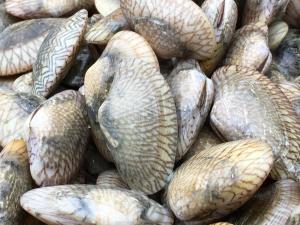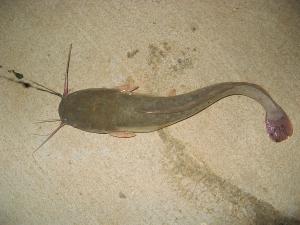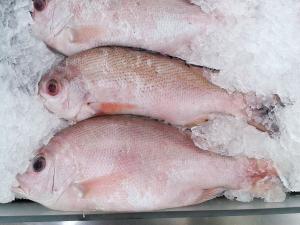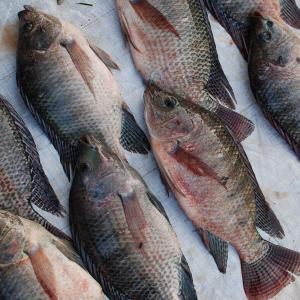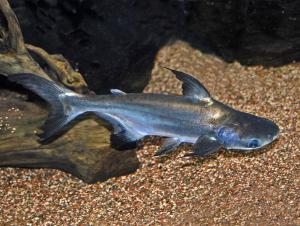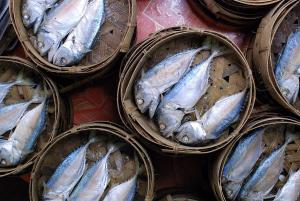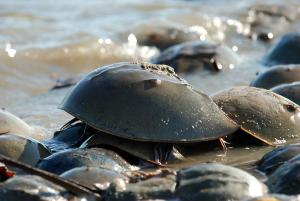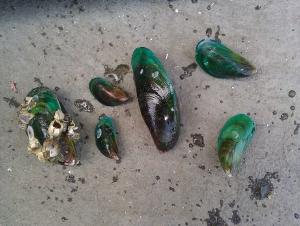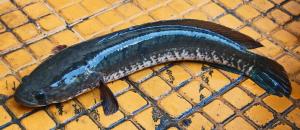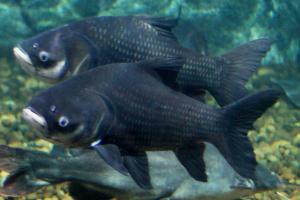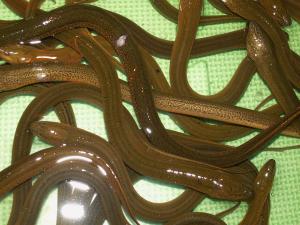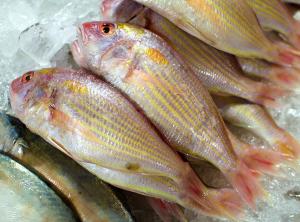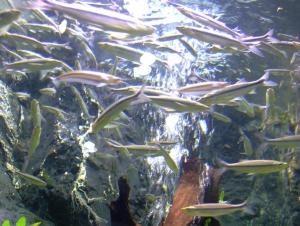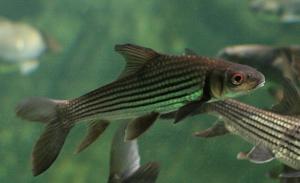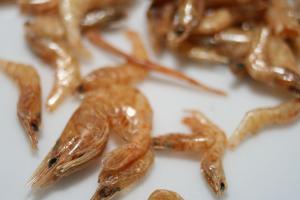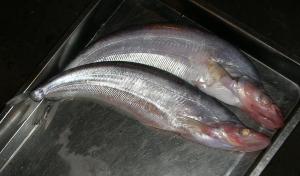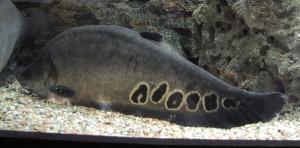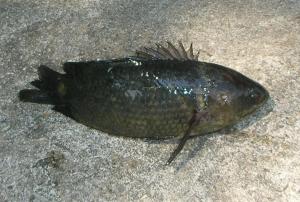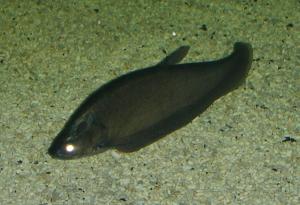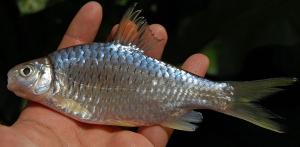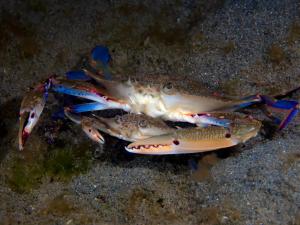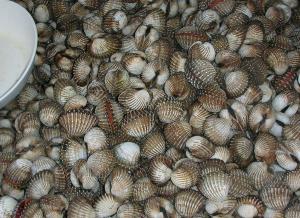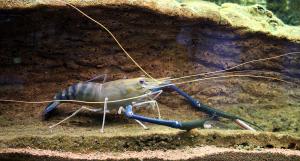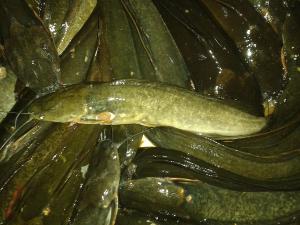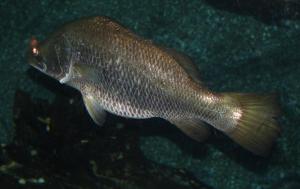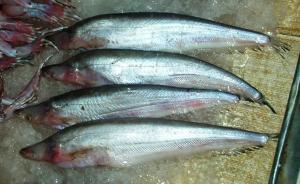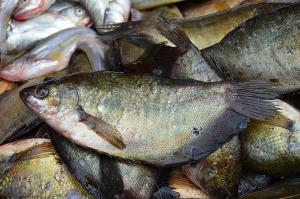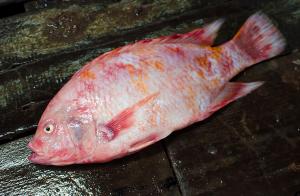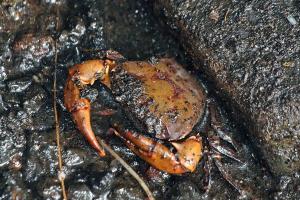Thai Seafood
This clam is highly appreciated in Thai cuisine; usually steamed, stir-fried or added to soups.
Bred in local fish farms. Perhaps the most common shrimp currently used in Tom yam kung.
A type of catfish usually used in Thai cuisine in tom yam or, when shortly blanched, to be eaten with a nam chim (dipping sauce).
Mangrove red snapper , creek red bream, dog bream, purple sea perch, purple sea-perch, red bass, red bream, red perch, red reef bream, river roman, rock barramundi
Barbecued, boiled or steamed.
Barbecued, boiled or fried. Especially popular rubbed with salt and barbecued. Nile Tilapia in Thailand are bred in local fish farms.
Traditionally boiled in Tom yam or fermented with pineapple as Khem mak nat. Now often cut in fillets, battered and deep-fried.
Steamed and salted Shortbodied or Indian mackerel. Usually eaten with Nam phrik kapi (a chili and shrimp paste dip) and leafy greens and vegetables.
Available seasonal when they still carry their eggs. It's grilled and only the eggs are made into yam maeng da.
Usually eaten barbecued or steamed. It is the main fish used in the preparation of Pla ra sauce.
Highly valued in traditional Thai cuisine. Like most of the Thai food species that are not bred in fish farms, overfishing has caused a serious decline in its numbers.
Traditional food item found in flooded ricefields. Usually eaten in Tom yam.
One of the most abundant of the different types of minnow-sized fishes (Pla sio) used in Thai cuisine. These tiny fish are often eaten salted and dried, fried, but also raw in Isan cuisine.
One of the most valued fishes in traditional Thai cuisine, nowadays it has become rare and expensive due to overfishing.
Salted and sun-dried, dried shrimp feature in many dishes and chilli pastes. They are often soaked in water before use.
It is one of the very similar catfish species known in the markets as Pla nuea on (วงศ์ปลาเนื้ออ่อน). Valued for its delicate flesh; also used for making high-quality fish balls.
Usually eaten deep-fried with Nam chim (spicy dipping sauce) and leafy greens. It is the main fish used in Thot man pla (Thai fish cakes).
Bred in local fish farms. Usually either pickled as Pla som (ปลาส้ม) or boiled in Tom yam.
blue crab, flower crab, blue swimmer crab, blue manna crab, sand crab, rajungan, alimasag, Portunus pelagicus
Highly appreciated relatively large crab, featuring in standard dishes as Pu ma phat ton hom (Thai: ปูม้าผัดต้นหอม; Blue crab stir-fried with spring onions), among others.
Usually deep fried with garlic, grilled or steamed.
Eaten raw or blanched with a nam chim (spicy dipping sauce), or used blanched in a Thai salad.
Mostly bred in local fish farms. Boiled in Tom yam, grilled or fried.
Usually eaten barbecued, but also flaked and deep-fried in Yam pla duk fu.
Prepared in a variety of ways, boiled or fried, especially good boiled with lemon. Presently most Pla kaphong in Thailand are Barramundi from local fish farms.
It is one of the very similar catfish species known generically in the markets as Pla nuea on (วงศ์ปลาเนื้ออ่อน). Highly valued for its delicate flesh; also used for making fish balls.
The red-hybrid Oreochromis niloticus is known as Pla Thapthim pomegranate fish. They are bred in local fish farms.
When pickled they are most often called pu dong (pickled crab; Thai: ปูดอง), or less often pu khem (salted crab; Thai: ปูเค็ม), and frequently used in papaya salad or as the main ingredient in yam pu dong (yam-style salad made with pickled crab).
